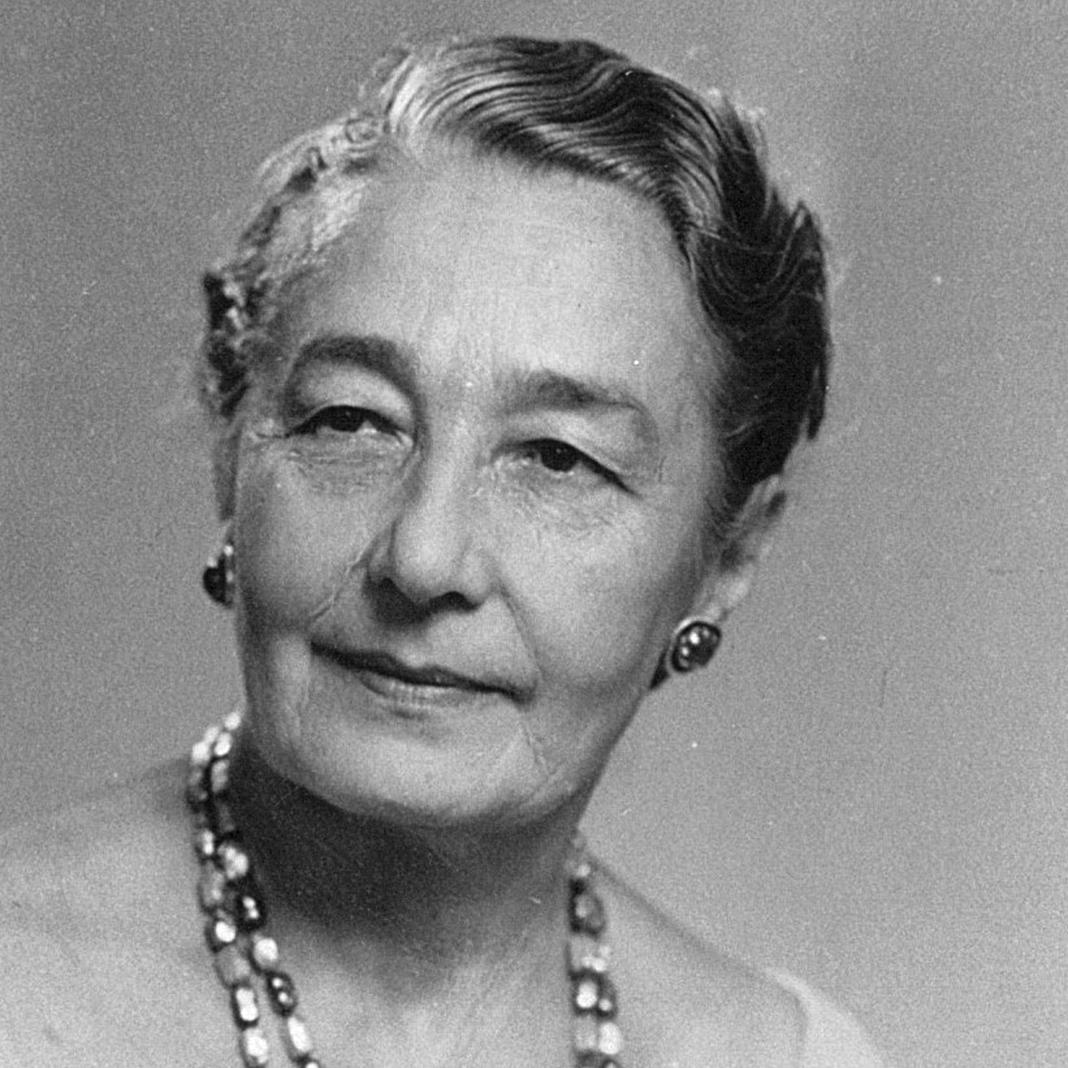
In 1915, Hélène Sparrow, a young physician raised in Kiev, joined the Russian army to combat epidemics on the eastern front and later joined the Kiev Institute of Bacteriology. This was where she started to work on a disease that caused more deaths than weapons during World War I: typhus. She wrote her PhD thesis on the topic at the Warsaw Hygiene Institute, in her native Poland, where she fled during the Russian revolution.
Training in the Pasteur network
In 1923, she left to train with Institut Pasteur scientists. In Lille, she assisted with the first BCG preparations by Calmette and Guérin. She then left for Strasbourg, Brabant, and then the Institut Pasteur in Paris, where she took the microbiology course. She next trained at the Institut Pasteur de Tunis with the scientist who was to become her mentor: Charles Nicolle, winner of the Nobel Prize in Medicine in 1928 for his typhus research.
Uncovering the mystery and combating bacteria
On her return to Poland, she organized a vaccination campaign against scarlet fever. She became Professor at Warsaw University, where she held the chair in bacteriology. Alongside her research activity, she was also involved in combating cholera and in organizing health monitoring for Poles repatriated from Russia. In 1931, she traveled to Mexico and Guatemala with Charles Nicolle, who two years later hired her at the Institut Pasteur de Tunis.
During World War II, she continued her scientific work in the city of Tunis, then under bombardment. She sheltered French refugees such as André Gide, and hid Polish resistance fighters and deserters from the German army. She continued her research on typhus and other diseases well into old age, traveling to Ethiopia at 67 to study outbreaks of fever for the WHO. "One of the best-known personalities in international epidemiological circles of the past 25 years.” On her death in 1970, her obituary in the British Medical Journal read: “Her scientific brilliance, phenomenal energy and enthusiasm (…) matched her great beauty and enormous charm.”
When Hélène Sparrow was her own guinea pigIn 1921, Hélène Sparrow did something that made the headlines at the time. The famous pediatrician Robert Debré, her admirer and friend, wrote: “She hoped to attenuate the agent responsible [for typhus] (…) and turn the pathogen into a vaccine product as was being attempted by researchers in various laboratories around the world. To verify her hypothesis, Hélène Sparrow injected herself with her own preparation, but the pathogenic agent was not attenuated enough and she became extremely ill. Her terrified friends and family wondered what this illness could be. It was only then that Hélène Sparrow revealed what she had done. She was lucky to survive...” Robert Debré saw this as an episode that clearly demonstrated "Hélène Sparrow’s strength of character, providing a more eloquent portrayal than any words of praise.” |
Timeline of the life of Hélène Sparrow> June 5, 1891 > 1915 > 1918-1920 > 1920 > 1921-1933 > 1923-1924 > 1925 > 1925 > 1928 > 1930-1933 > 1931 > 1933 > 1940 > 1945-1960 > 1949 > 1958 > November 13, 1970 |



